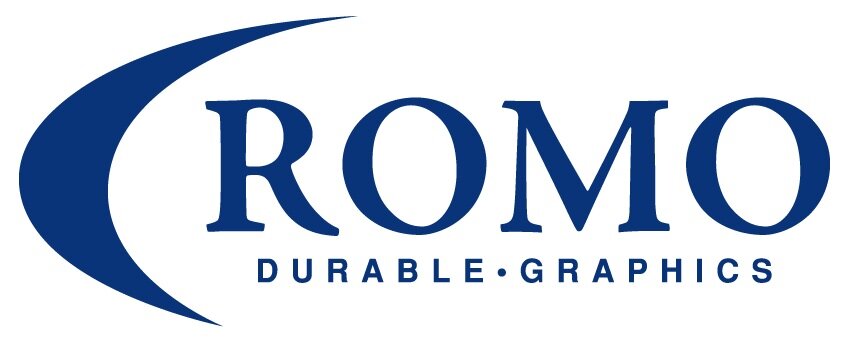Recently I wrote a post about how easy it is to forget about graphics. Hey, it’s an easy thing to forget until you need them! It usually means the graphics supplier is doing a good job. Big problems have a way of raising the visibility of any commodity.
That doesn’t diminish the importance of timely (earlier) communication. After all, graphics are a strong visual representation of the brand for years to come. Graphics (done properly) make the product easier to use and may communicate functionality. No one benefits if the graphics fly through production at the last minute without the benefit of thoughtful planning.
Here are 3 tips that can keep the process on track from the start.
1. Develop a trusted source and get their input.
Procurement strategies drive different approaches regarding supplier relationships. Competitive pricing, quality and service are obvious goals. New ideas might be implied though are less often actively sought. This can be an inherent outcome of the selection process.
When graphics come up during product design, void of new developments, the easiest thing to do is use a legacy construction as a starting point. This can go on for years. It makes sense. Unlike other components, there aren’t many places for direct training on new materials and ideas in the world of graphics for those who don’t encounter them every day. Graphics companies gain exposure from their own suppliers, trade shows and training. This remains largely untapped if the graphics supplier is simply asked to provide a quote. Blueprints are a good starting point, but there may be a better approach. Take the extra step to ask for input. A good supplier will provide alternatives that save far more than doing only a competitive bid.
2. Mind the details.
Nothing throws a project off track more than procuring parts that don’t work. Durable graphics suffer from the perception that “it’s just a sticker”. In reality the process touches about every aspect of a manufacturing organization. There are numerous variables that aren’t readily apparent, such as the surface it’s going on to, how it is applied in manufacturing and conditions it needs to withstand in the field.
There are ways to make ordering easier through improving SKU management, inventory turns and minimizing obsolescence, while still getting a competitive price. These are easy to overlook in the heat of the moment. Unfortunately, inefficiencies stick around for years if not properly resolved. It’s far better to design them out from the beginning. Understanding the aspects that go into successfully managing a graphics program comes from learning and paying attention to the details.
3. Set triggers.
As hard as we all try, durable graphics just seems to be one of those things that waits until the last possible minute. Most graphics suppliers are used to dealing with it. Never the less, even a few days earlier can help. Try linking graphics with another commodity in your system that requires longer lead time. We used to use that trick at Ford when we were releasing tooling for new models. The intention isn’t to build fat into the lead time, it’s meant as a kick off reminder to organize along with prior to release date. And graphics are visual, right? If not within the system, sticky notes can work just as well!
If you’re new to the process or are struggling with long standing challenges with your product decoration, please give us a call. You’re on the hook for nothing another than a little friendly advice.



